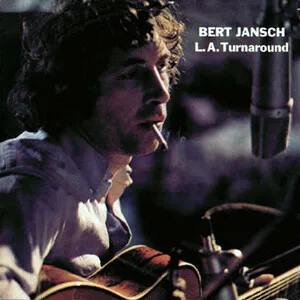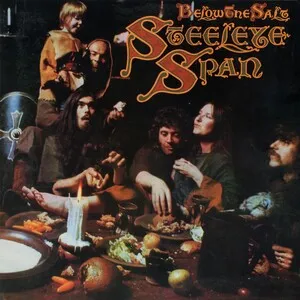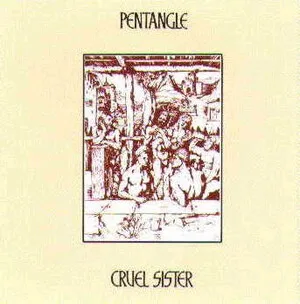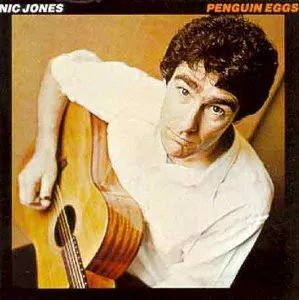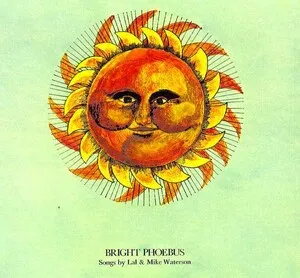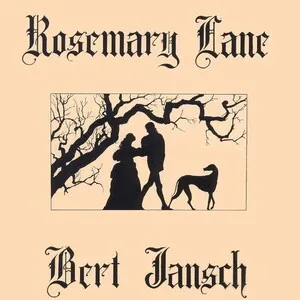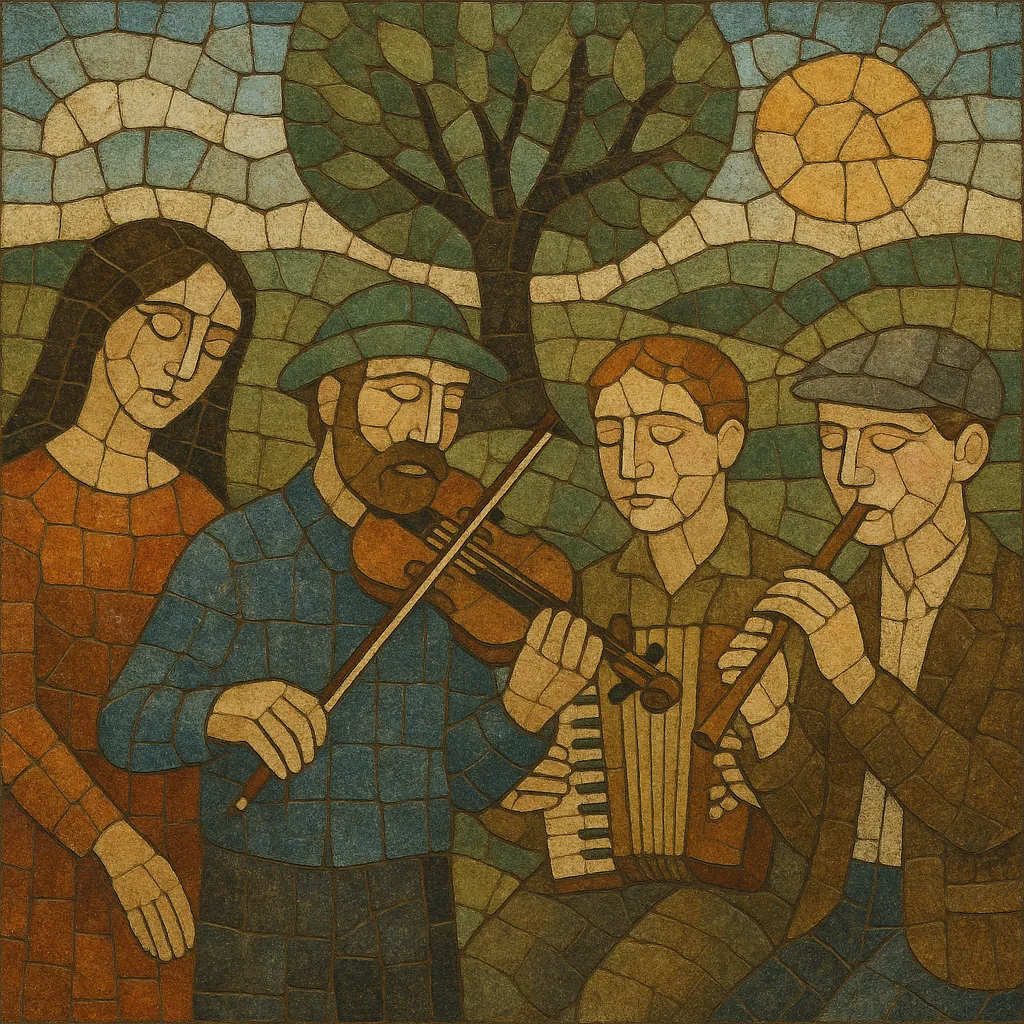
English folk music is the traditional music of England, encompassing narrative ballads, dance tunes, sea songs, work songs, ritual and seasonal pieces, and broadside song traditions.
Its melodies are often modal (Dorian, Mixolydian, Aeolian) or pentatonic, and many songs were historically sung unaccompanied with clear diction and strong storytelling. Instrumental traditions supply tunes for social and ritual dances—jigs, reels, hornpipes, country dances, Morris and sword dances—typically played on fiddle, melodeon, concertina, whistle, flute, and smallpipes; revival-era additions include acoustic guitar, bouzouki, and banjo.
The style emphasizes memorable, singable melodies, refrains that invite participation, and lyrics grounded in local life: love and loss, agricultural and maritime labor, historical events, crime and justice, and supernatural folklore.
Oral song in England predates written records, but the broadside ballad trade of the 1500s–1600s brought narrative songs into print, while village dance traditions flourished alongside ritual forms such as Morris and sword dancing. Playford’s "The Dancing Master" (first published 1651) codified many country dance tunes and figures that circulated widely in towns and villages.
Industrialization and urbanization threatened local music-making, prompting late-19th to early-20th-century collectors—Cecil Sharp, Ralph Vaughan Williams, Lucy Broadwood, and Sabine Baring-Gould—to notate thousands of songs and tunes from rural singers and players. Their efforts, along with the formation of organizations that later became the English Folk Dance and Song Society (EFDSS), preserved repertoire and dance traditions and fed English art music with folk-derived motifs.
From the 1950s, a network of folk clubs and the work of singers and song scholars such as Ewan MacColl and A. L. Lloyd fostered a living performance culture. The 1960s–70s ushered in "electric folk": bands like Fairport Convention, Steeleye Span, and Pentangle fused traditional English repertoire with rock and jazz sensibilities, bringing the tradition to broader audiences without severing its roots.
After a quieter period, the 1990s–2000s saw renewed interest driven by artists such as Shirley Collins (in her return), Martin Carthy and family, Kate Rusby, Eliza Carthy, Nic Jones (posthumous influence), and large ensembles like Bellowhead. Independent labels (e.g., Topic Records), sessions and dance events, and university archives supported continuity. Digital platforms later spurred viral resurgences (e.g., sea songs), while contemporary acts blend English folk with indie, classical, experimental, and global styles.

